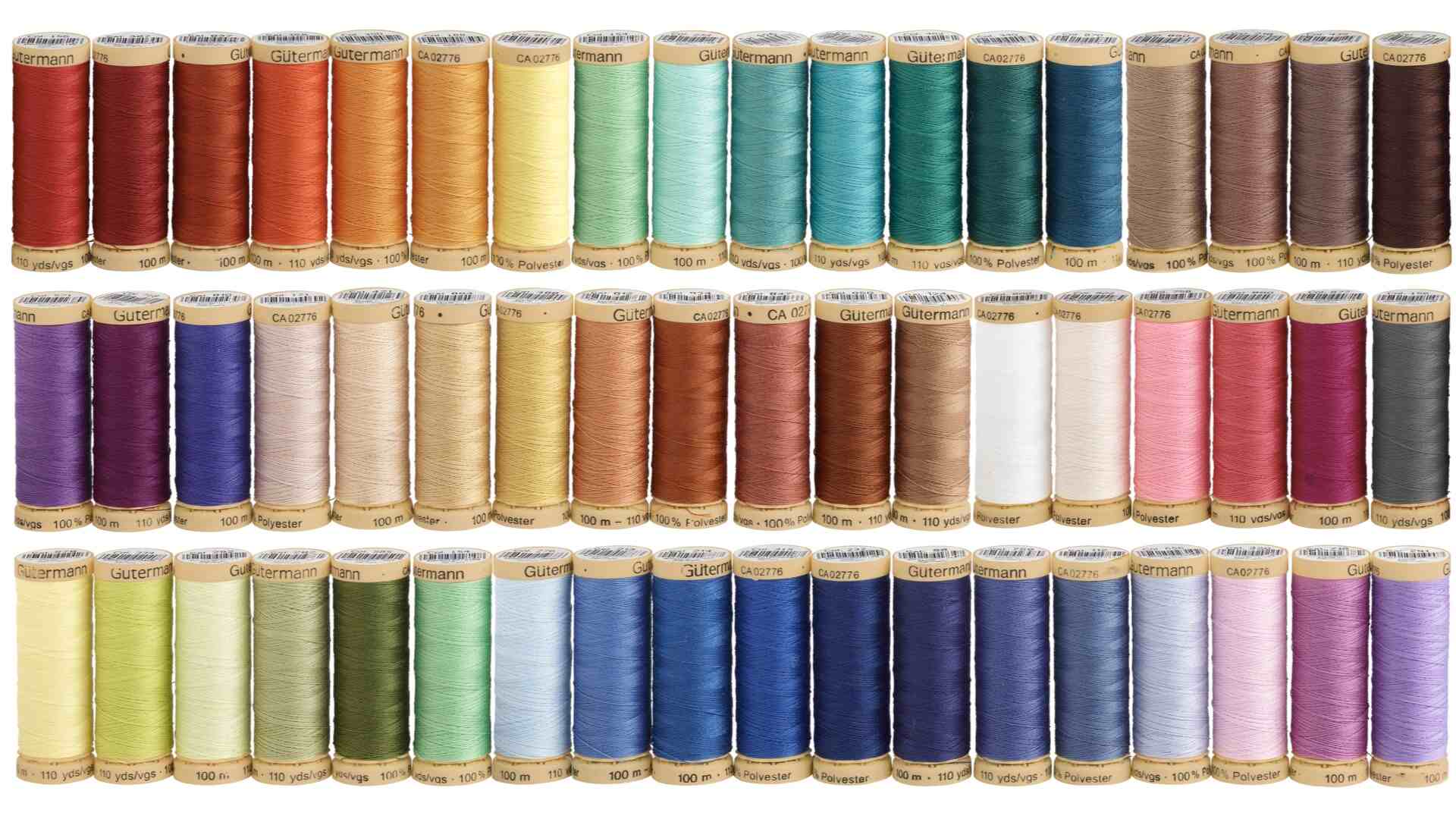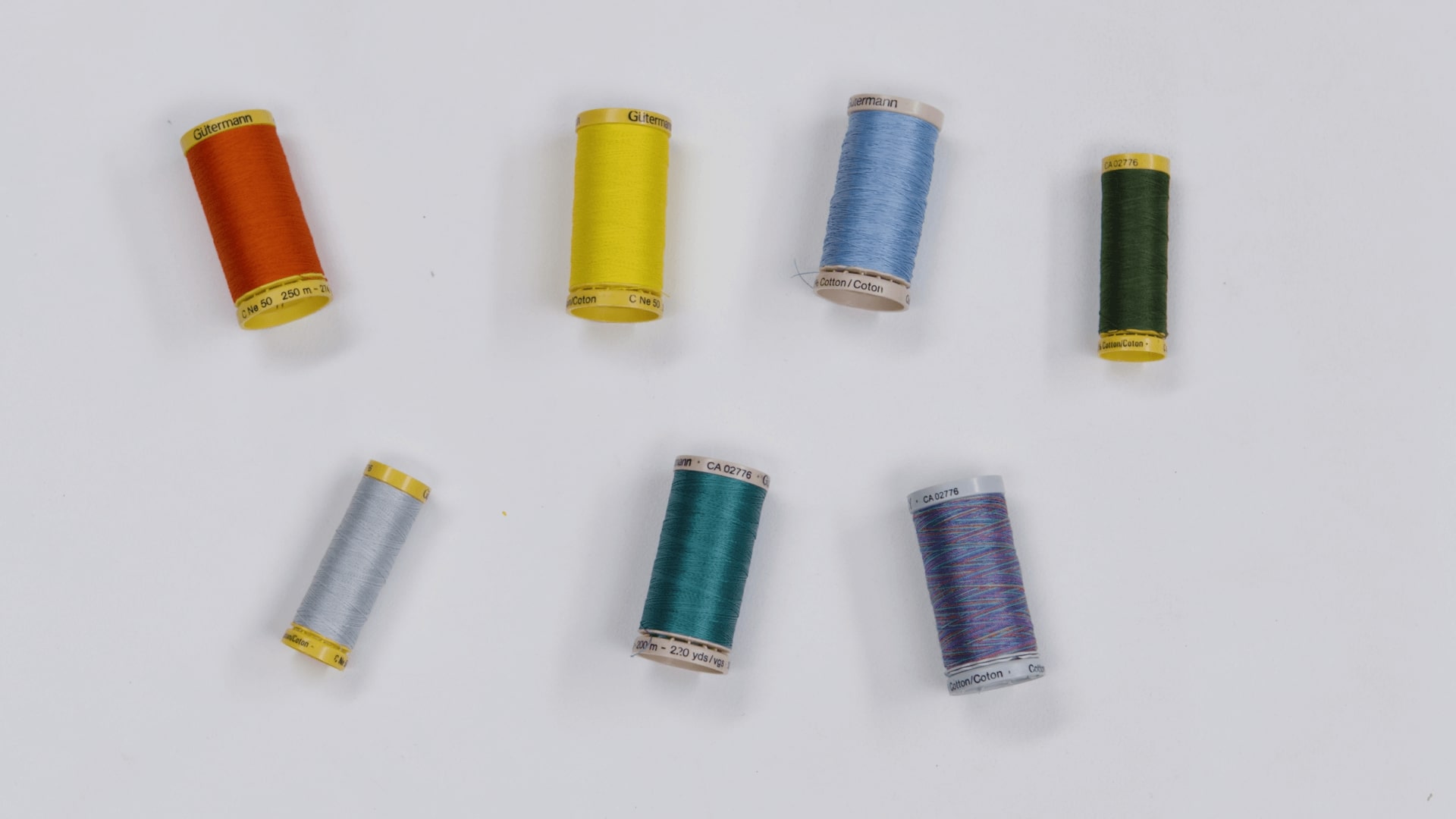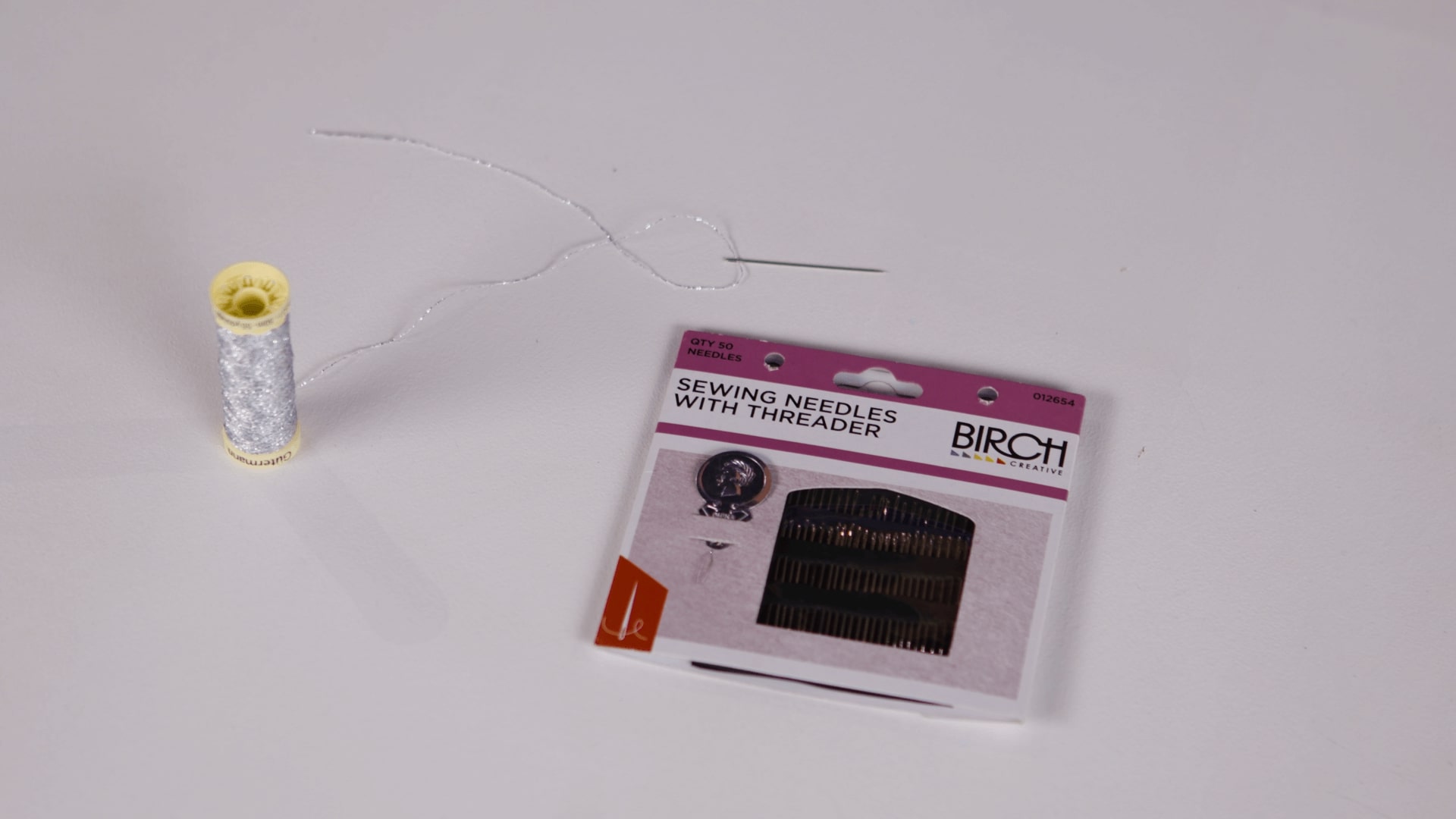 | ||
| Your browser is not supported. | ||
|
Please browse our site using any of the following options:
| ||
How To Select Sewing Threads For Your Projects

Thread Material
Just like with fabric, you'll find sewing thread made from a range of fibres, each with their own distinct qualities.
As a general rule, it's a good idea to match the fibre of your thread to that of the fabric you are working with - use cotton with cotton, polyester with polyester, etc.
The materials in which sewing thread is most readily available are:
- Cotton
- Holds dye well so is available in an enormous range of colours.
- Has a soft texture, so produces comfortable garments.
- Will shrink when washed in high heat, so needs to be cared for appropriately.
- Has no stretch or 'give', so shouldn't be used with stretch fabrics.
- Rayon/viscose
- Has a high sheen which produces a glossy finish.
- Isn't very strong so is more suited to decorative stitching and embroidery than to seams.
- Dyes well and is fade resistant.
- Polyester
- Durable and strong, so is good for seams.
- In heavier weights, it is useful for outdoor projects, and for sewing and mending heavy materials.
- Can withstand some heat so is less likely to shrink thank some other fibres.
- Silk
- Very strong while also being lightweight.
- Takes dye well and is colour fast.
- Soft and flexible.
You can also find specialty threads such as:
- Metallic
- Metallic filaments wrapped around a nylon core.
- Add sparkle and shine to sewing projects.
- They are prone to fraying so should be used with care.
- Clear/ transparent/ monofilament
- As the name implies, these threads are transparent.
- When made of pure nylon they can be quite coarse, but blended with polyester they become softer and easier to work with.
- Ideal for working with fabrics in colours and prints that are hard to match with regular thread.
- Elastic
- This thread has a high degree of stretch, and is designed to be used for specialty sewing techniques such as shirring and smocking.
- It is used on the bobbin, with an all purpose thread on the spool. The two together combine to make a seam that gives and stretches.
Just like with fabric, threads are available in various blends such as polyester/cotton. These blends will maximise the better qualities of each fibre, and minimise their weaknesses.

Thread Size
The size of a thread refers to how thick it is. There are two systems for determining this, and you will find that different brands may use either.
Weight
This is the measurement you'll come across most often. A thread's weight is determined by how much it weighs per kilometer of length. For example, a thread is classified as '40 wt.' when 40 kilometers of that thread weighs 1 kilogram.
For this reason, a smaller weight number denotes a thicker thread, because it will take less of that thick thread to make up 1 kilogram.
Tex
Tex is the weight, in grams, of 1,000 meters of thread. So, if a thread is 1 Tex, that means that 1000 metres of that thread will weigh 1 gram.
For this reason, a higher Tex number denotes a thicker thread.
It's important to choose a thread weight that works with your chosen fabric.
- Thread that is too delicate for the fabric it's being used for will break under its weight.
- Thread that is too heavy will cause more delicate fabrics to bunch, buckle, or run.
The same size spool may hold different quantities of thread when the weight of each is different. Check the label on the spool to find out how much you are buying, and whether it will be enough for your project.
Make sure you check that your machine is set to the right tension and is fitted with an appropriately sized needle when you switch thread thicknesses. To be sure things are running smoothly, sew some test seams on a swatch of fabric.

Thread Colour
It stands to reason that when choosing thread for a project you should match it as closely as possible to the fabric you are using. However there are some further tips that will help you get the best results.
Check the colour match with a fabric swatch under both artificial and natural light. You may find they look different in different conditions.
- If you can't match thread colour exactly, choose a slightly darker shade as it will be less visible than one that is slightly lighter than your fabric.
- If you're working with a multicoloured fabric, match your thread to the most dominant colour.
- If you're looking to create decorative stitching that stands out from the fabric, choose thread in a contrasting colour.
Want to look at more Sewing & Quilting options?
Check out Spotlight's range of sewing & fabric ideas online, visit your local store or contact one of our experts for assistance.




